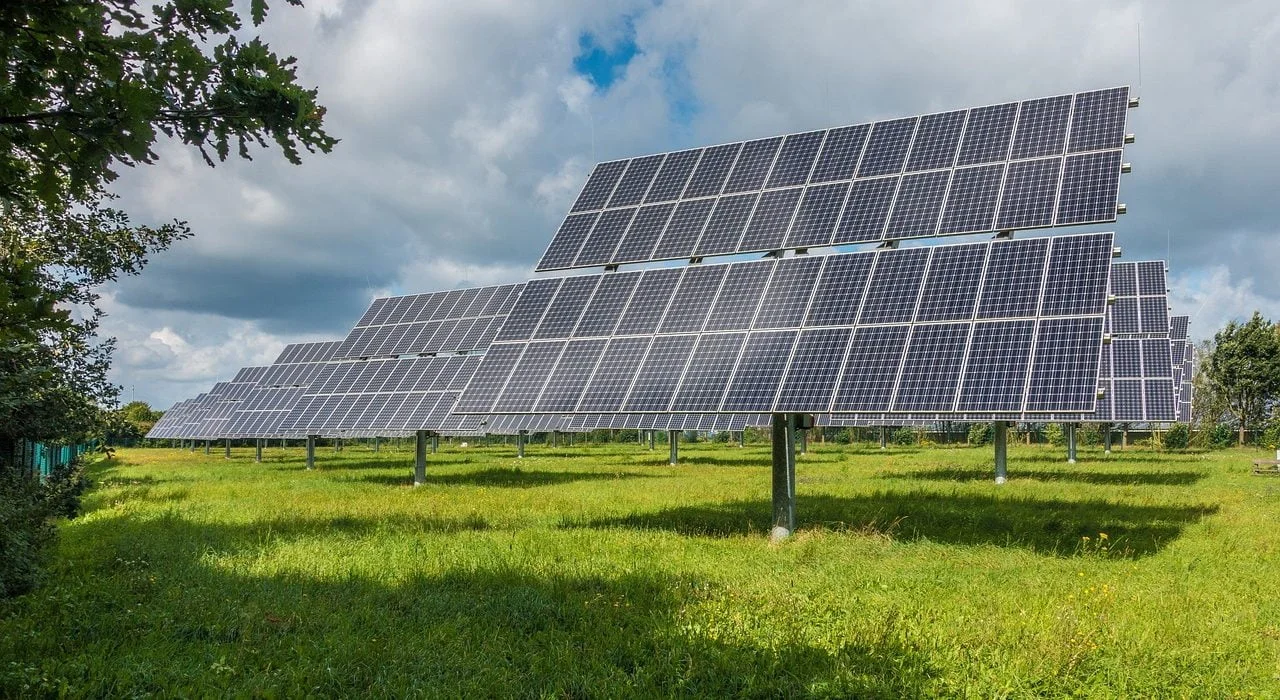Introduction:
In the realm of energy, gas stands as a versatile and indispensable player, fueling industries, heating homes, and driving technological advancements. This blog post embarks on a comprehensive journey through the multifaceted world of gas, unraveling its diverse applications, environmental considerations, challenges, and the transformative role it plays in shaping our energy landscape.
I. Unveiling the Diversity of Gas:
1. Natural Gas: The cornerstone of gas exploration, natural gas is a hydrocarbon resource primarily composed of methane. It is sourced from underground reservoirs, providing a reliable and abundant source of energy for various applications.
2. Shale Gas Revolution: Shale gas, extracted through hydraulic fracturing or “fracking,” has revolutionized the gas industry. With vast reserves now accessible, shale gas has reshaped the global energy market, offering a more abundant and geographically diverse source.
II. Gas in Action:
1. Power Generation: Natural gas power plants, known for their efficiency and lower emissions, play a vital role in electricity generation. The combustion of gas produces heat, driving turbines to generate electricity and contributing to cleaner energy production.
2. Industrial Applications: Gas serves as a crucial heat source in industrial processes, from manufacturing to chemical production. Its versatility makes it an integral component in sectors such as metallurgy, ceramics, and petrochemicals.
III. Environmental Considerations:
1. Emissions and Mitigation: While natural gas is considered cleaner than many fossil fuels, its extraction and combustion still contribute to carbon emissions. Strategies such as carbon capture and storage (CCS) aim to mitigate these emissions, ensuring a more sustainable use of gas.
2. Methane Leakage Concerns: Methane, a potent greenhouse gas, poses environmental challenges during the extraction and transportation of natural gas. Addressing methane leakage through advanced technologies and stringent regulations is crucial for reducing its impact.
IV. Gas in Energy Transition:
1. Transition Fuel: Gas has often been regarded as a transitional fuel in the journey towards a low-carbon future. Its lower carbon footprint compared to coal makes it a viable option to reduce emissions while renewable technologies mature.
2. Green Hydrogen Production: Gas is emerging as a key player in the production of green hydrogen through electrolysis. This process utilizes renewable energy to split water into hydrogen and oxygen, offering a sustainable and scalable solution for hydrogen production.
V. Challenges and Innovations:
1. Price Volatility and Supply Security: Gas markets are susceptible to price volatility influenced by geopolitical events and supply disruptions. Strategies for diversification, innovative extraction methods, and enhanced storage solutions are pivotal for ensuring supply security.
2. Technological Innovations: Advances in technology, such as artificial intelligence and machine learning, are transforming the gas industry. Smart sensors and predictive analytics improve operational efficiency, safety, and contribute to more sustainable gas extraction and distribution.
VI. The Future Landscape of Gas:
1. Role in Decentralized Energy Systems: Gas is becoming integral to decentralized energy systems, supporting local generation and consumption. Microgrids and distributed energy resources leverage gas for efficient and resilient energy solutions.
2. Circular Economy: The concept of a circular economy is gaining prominence in the gas sector. Utilizing waste gases for energy generation, combined with carbon capture and utilization (CCU), contributes to a more sustainable and circular use of gas resources.
Conclusion:
In the tapestry of global energy, gas emerges as a dynamic and transformative force. From powering industries to being a bridge in the transition to cleaner energy, gas plays a vital role in the intricate dance of supply and demand. As we navigate the challenges of emissions, price volatility, and technological advancements, gas stands at the crossroads of innovation and sustainability. The journey through the diverse realms of gas invites us to explore its potential as a catalyst for a cleaner, more efficient, and resilient energy future. Embrace the opportunities, address the challenges, and envision a future where gas plays a pivotal role in a balanced and sustainable energy mix.




